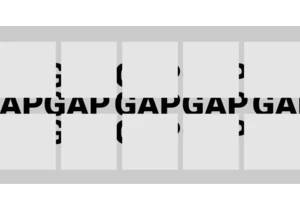There’s a “C” word in web development that we don’t give enough attention to. No, I’m not talking about “continuous integration”, or even “CSS”. The “C” word I’m talking about is “constraints”. Understanding constraints is a vital part of building software that works the best it can in its targeted environment(s). Yet, the difficulty of that task varies based on the systems we develop for. Super Nintendo games were the flavor of the decade when I was younger, … Read article “Recognizing Constraints”
The post Recognizing Constraints appeared first on CSS-Tricks. You can support CSS-Tricks by being an MVP Supporter.
Войдите, чтобы добавить комментарий
Другие сообщения в этой группе

Styling the space between layout items — the gap — has typically required some clever workarounds. But a new CSS feature changes all that with just a few simple CSS properties that make it easy, ye

Being the bad boy I am, I don't take Tailwind's default approach to cascade layers as the "best" one. Over a year experimenting with Tailwind and vanilla CSS, I've come across what I believe is a b


KelpUI is new library that Chris Ferdinandi is developing, designed to leverage newer CSS features and Web Components. I've enjoyed following Chris as he's publishe

The CSS if() function enables us to use values conditionally, which we can already do with queries and other functions, so I’m sure you’re wondering: What exactly does if()

The CSS if() function was recently implemented in Chrome 137, making it the first instance where we have it supported by a mainstream browser. Let's poke at it a bit at a very high lev

Zell discusses refactoring the Resize, Mutation, and Intersection Observer APIs for easier usage, demonstrating how to implement callback and event listener patterns, while highlighting available o
